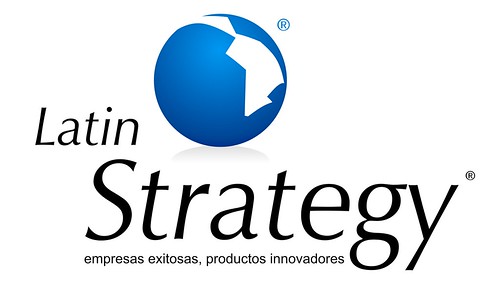El artículo es de Strategy + Business y examina la principalísima cuestión de como gerenciar el talento en las organizaciones de cara a un mundo que hace rato no es el de principios del siglo veinte, un mundo en el cual el imperativo de la innovación permanente y valiosa presupone precisamente potenciar al máximo lo que cada quien por si solo y luego junto a los otros es capaz de aportar...
Aquí no nos cabe duda de la preponderancia del "factor" humano, hasta el punto que nos atrevemos a afirmar que el "factor" humano es el fundamento de el resto del ejercicio; y lo es al menos de tres maneras: 1) por la actuación del gerente a cargo de guiar a los demás "factores" humanos en la organización, 2) por la actuación de todos los demás en su aporte al competir desde la innovación, 3) por la actuación de terceros (consultores como nosotros, de Latin Strategy) cuyas sugerencias, apoyo y enseñanzas, si oportunas, pueden llegar a ser decisivas...
Extracto de apertura:
"Too many companies are wasting their resources— their people and their financial leverage — by perpetuating outdated approaches to talent management. They structure jobs rigidly, forcing many people to work a 9 a.m. to 5 p.m., Monday through Friday, workweek. They focus their training on functional skills, not on aligning employees’ capabilities with the strategic objectives of the business. For leadership development and career advancement, they rely on long-standing training courses that don’t reflect the contributions that people can make in today’s flat, flexible, and entrepreneurial organizations. And their compensation systems do not adequately link to performance or hold managers accountable for developing the talent of their staff and their direct reports. In short, the talent management in these companies is not arming them with the decisive, experienced, globally minded visionaries that they need at every level.
It’s not that talent is unimportant to corporate leaders. Many of them see that people are the only asset that innovates, and that innovation is the only path to sustained breakthrough performance. As these leaders read about companies such as Google and Patagonia that are known for their creative and attractive work environments, they would like to provide the same. And they know, from these examples and others, that the investment needed to improve is relatively small, and the paybacks are relatively high.
But they are held back by an old model of talent management..."
Suscribirse a:
Enviar comentarios (Atom)

No hay comentarios:
Publicar un comentario